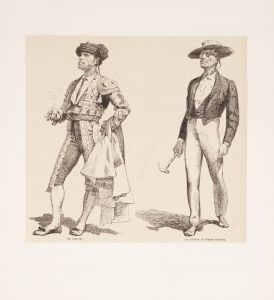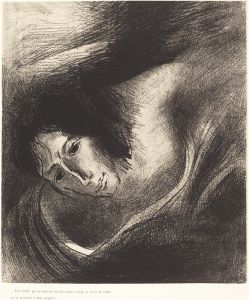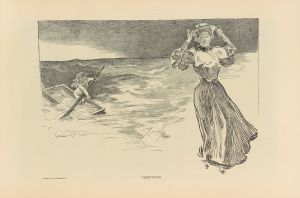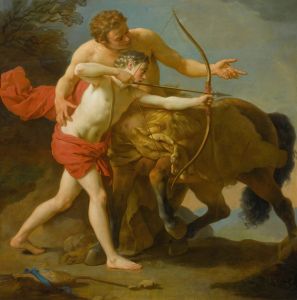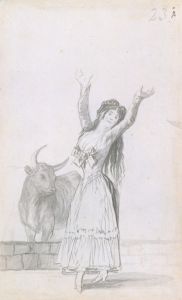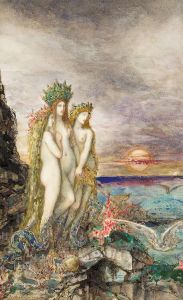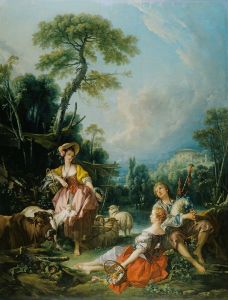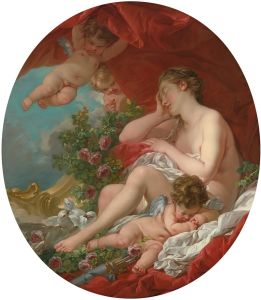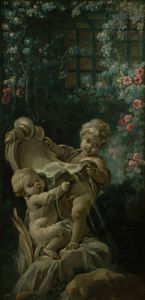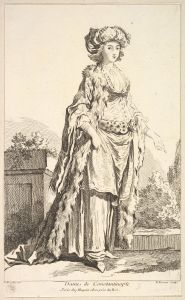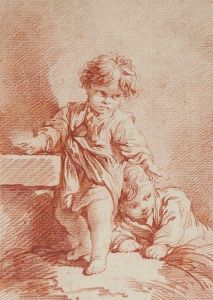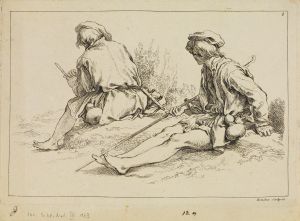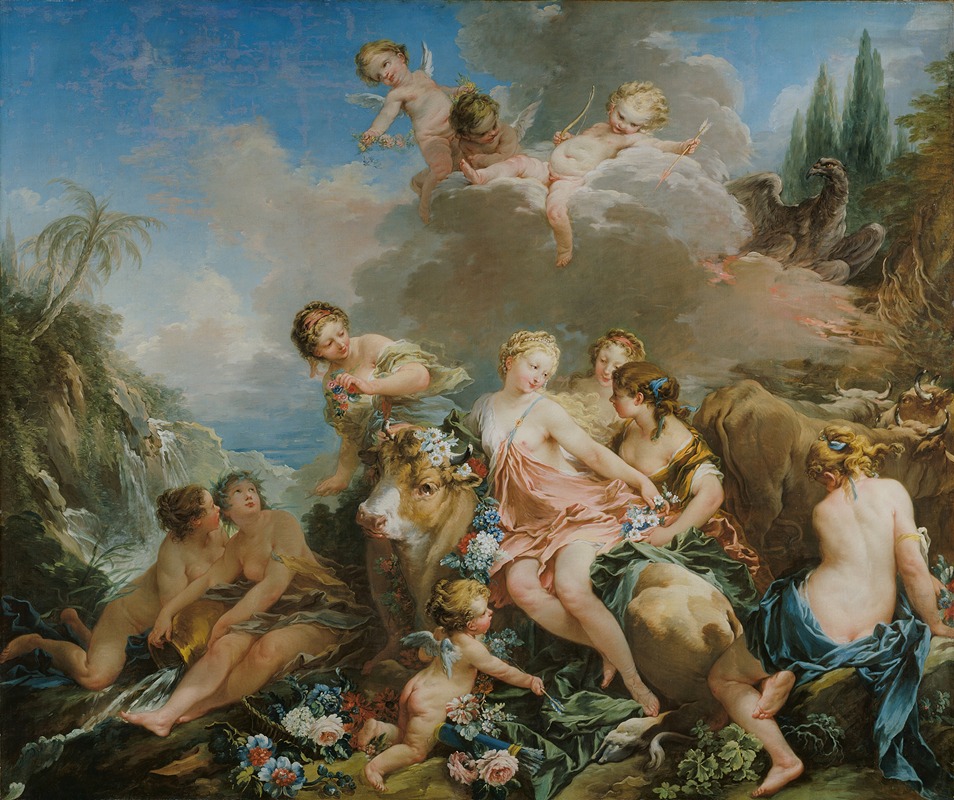
The Rape of Europa
A hand-painted replica of François Boucher’s masterpiece The Rape of Europa, meticulously crafted by professional artists to capture the true essence of the original. Each piece is created with museum-quality canvas and rare mineral pigments, carefully painted by experienced artists with delicate brushstrokes and rich, layered colors to perfectly recreate the texture of the original artwork. Unlike machine-printed reproductions, this hand-painted version brings the painting to life, infused with the artist’s emotions and skill in every stroke. Whether for personal collection or home decoration, it instantly elevates the artistic atmosphere of any space.
"The Rape of Europa" is a painting by the French Rococo artist François Boucher, created in 1734. Boucher was a prominent painter of the 18th century, known for his idyllic and voluptuous depictions of classical themes, decorative allegories, and pastoral scenes. His work is characterized by its playful and sensuous style, which was highly popular among the French aristocracy.
The painting depicts the mythological story of Europa, a Phoenician princess, and her abduction by Zeus, the king of the gods in Greek mythology. According to the myth, Zeus fell in love with Europa and transformed himself into a beautiful white bull to approach her. Europa, charmed by the gentle and magnificent creature, climbed onto its back. Zeus then swam across the sea, carrying Europa to the island of Crete, where he revealed his true identity and made her the first queen of Crete.
In Boucher's rendition of the myth, Europa is shown seated on the back of the bull, which is Zeus in disguise. The scene is set against a lush, idyllic landscape, typical of Boucher's style. Europa is depicted as a graceful and serene figure, with flowing garments that enhance her elegance and beauty. The bull, with its gentle expression and powerful form, contrasts with Europa's delicate appearance, emphasizing the dynamic interaction between the two figures.
Boucher's use of soft, pastel colors and fluid brushstrokes creates a sense of movement and lightness, which is characteristic of the Rococo style. The composition is balanced and harmonious, with a focus on the central figures of Europa and the bull. Surrounding them are playful putti (cherubic figures) and a variety of flora, adding to the overall sense of enchantment and whimsy.
"The Rape of Europa" reflects the Rococo fascination with themes of love, beauty, and mythology, as well as the era's preference for decorative and ornamental art. Boucher's interpretation of the myth is both romantic and idealized, capturing the essence of the story while also showcasing his technical skill and artistic sensibility.
The painting is part of the collection at the Louvre Museum in Paris, where it continues to be admired for its artistic merit and historical significance. Boucher's work, including "The Rape of Europa," played a significant role in shaping the visual culture of the 18th century and remains an important example of Rococo art.





